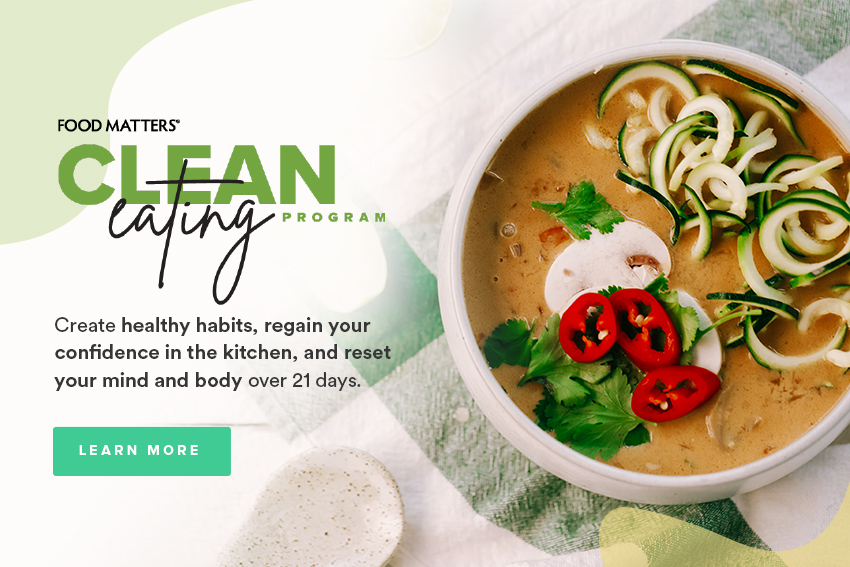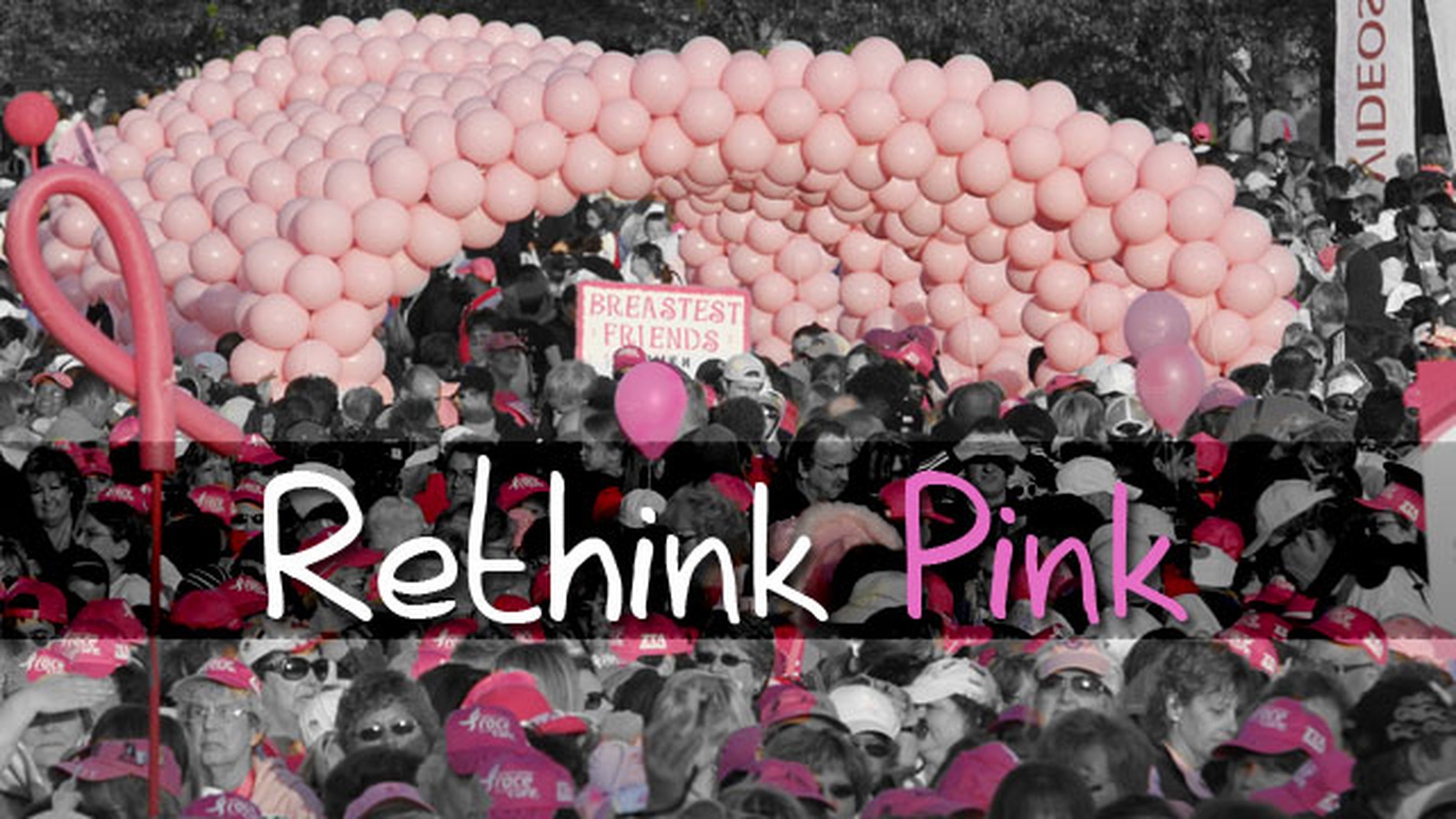It's Time To Rethink Pink! (Plus 6 Products That Stink!)
October is Breast Cancer Awareness Month, so in the spirit of awareness-raising, I’d like to make you all a little more aware of what awareness campaigns are actually making you aware of.
Did my over-use of the word “awareness” in the previous sentence make your head spin a little? Well, that’s probably because the message of breast cancer awareness campaigns is mostly just that: spin.
Everything goes pink in October for Breast Cancer Awareness Month. We are bombarded daily with pink products, armies of pink feather boa-clad women marching in Susan G. Komen’s Race for the Cure, and “Save the Boobies” bumper stickers. Turn on the TV, and every news anchor has a pink ribbon pinned to their lapel. Football fans surely can’t miss the giant pink ribbons painted across football fields or the pink cleats worn by the players. It’s all to raise awareness, right?
I think we’re all perfectly aware of breast cancer at this point though.
What does any of this pink stuff do to help women with breast cancer? In many cases, very little. But it does help companies to sell, sell, sell lots of pink products! And it gives consumers the warm, fuzzy feeling that buying some pink trinket is an act of activism, striking a blow against breast cancer.
There are many kind, good-intentioned people with a genuine desire to help end the breast cancer epidemic who buy pink products and participate in pink events like the Race for the Cure. Watching a loved one struggle with a devastating illness is incredibly frustrating, and one can feel powerless to help them, as the battle against the disease largely takes place inside their bodies. Pink ribbon culture externalizes that battle, using pugnacious language that refers to breast cancer as a battle that can be won.
These causes aren’t really accomplishing a whole lot toward finding a cure or preventing women from getting breast cancer in the first place. Sadly, most “breast cancer awareness” buzz seems more and more to be nothing more than a pragmatic marketing scheme that is more beneficial for the retail industry than real women with cancer.
To my knowledge, “shopping for the cure” is not an effective treatment for breast cancer.
Sticking a pink ribbon on a product, or creating a “limited edition” pink version of a product, with the promise of donating a percentage of the proceeds to breast cancer charities has proven hugely profitable for both the companies and the breast cancer foundations. Susan G Komen, for example, has approximately 216 corporate sponsorships, from which the organization banks over $50 million per year. Retailers can charge a little more for a product, give a small percentage to a charity (or not, in some cases), and boost their public image by associating themselves with a charitable cause.
Breast cancer is one of the most common types of cancer, and the pink ribbon made it cute, girly, and appealing. Because most people have had friends or family members that have either survived or succumbed to breast cancer, it is a cause that has a hefty emotional pull for people of all races, genders and socioeconomic classes.
In a sad way, breast cancer is also highly marketable because of that old advertising adage: “sex sells.” Much of the marketing of breast cancer awareness focuses on breasts, not cancer. Breast 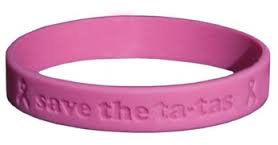
cancer awareness tag-lines and campaigns often rely on double-entendres and innuendos to make breast cancer sexy and sell-able. Some messages are less subtle than others. A 7-11 in my neighborhood sells hot pink "Live Strong-esque" wristbands that read “Save the Ta-Ta’s!” and “I Heart Boobies!”
The implication seems to be that the real tragedy of breast cancer is that there might be fewer breasts in the world, not that the women attached to them are dying.
Though it isn’t as common, I would be remiss if I didn’t point out the fact that men can get breast cancer too – about 2,200 men are diagnosed with breast cancer every year. The hyper-feminization of breast cancer means that men with breast cancer can feel marginalized and even emasculated. Their plight goes utterly ignored in the great public battle against breast cancer, since it’s been so heavily promoted as a “women’s issue.”
Top 6 Pink Products That Stink
So, without further ado, let’s focus a critical eye on some of the products being sold in the name of breast cancer awareness. Some are just plain absurd, like this pink ribbon beer pong table.
1. Beer pong for the cure, bro
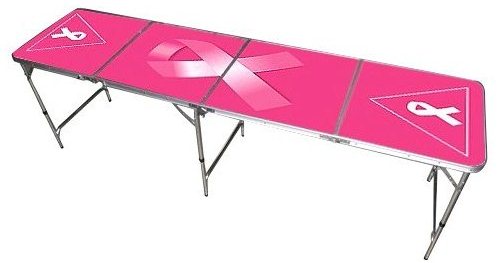
2. Some are just plain ugly, like these NFL pink ribbon rain boots

But what really makes my blood boil is that many of the products sold with the pink ribbon endorsement actually contain chemicals and toxins known or suspected to cause breast cancer.
Let’s take a look at a few glaring examples:
3. Promise Me Perfume by Susan G. Komen
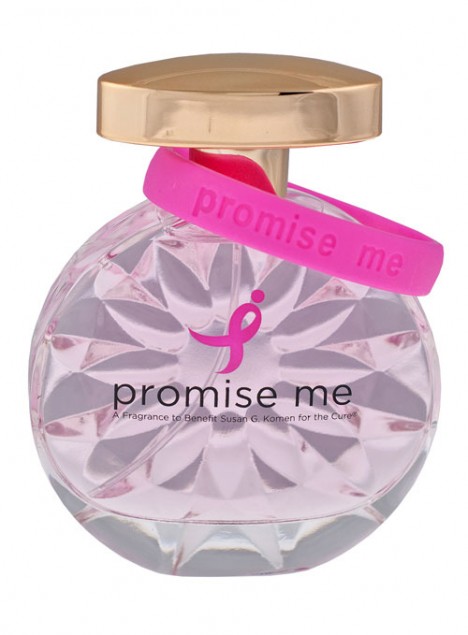 “Promise Me” is a perfume sold by the Susan G. Komen foundation last year. It sold for $59 a bottle, with a just a measly $1.31 of that retail price estimated to actually go to funding breast cancer research. If that weren’t enough to give consumers pause, how about the fact that the perfume contained known carcinogens?
“Promise Me” is a perfume sold by the Susan G. Komen foundation last year. It sold for $59 a bottle, with a just a measly $1.31 of that retail price estimated to actually go to funding breast cancer research. If that weren’t enough to give consumers pause, how about the fact that the perfume contained known carcinogens?
The ingredients (unlisted on the label) included a hormone disruptor called galaxolide and toluene, a neurotoxin that has been banned in many countries over health concerns. Breast Cancer Action–an awesome organization working towards breast cancer prevention and exposing corporate “pinkwashing”—caught wind of the perfume, and successfully campaigned to have it taken off the shelves and reformulated to remove the offending chemicals.
4. KFC’s Buckets For The Cure

Perhaps most infuriating to us at the Gerson Institute was KFC’s 2010 “Buckets for the Cure” campaign, in which enormous buckets of greasy fried chicken were heavily advertised and sold, allegedly to help cure breast cancer.
The National Cancer Institute’s website says that “an increased risk of developing colorectal, pancreatic, and breast cancer is associated with high intakes of well-done, fried or barbecued meats.” But by KFC’s thinking, eating fried chicken is helping in the fight against breast cancer.
At the Gerson Institute, we prefer a different kind of “bucket for the cure!”
5. Pink Your Drink
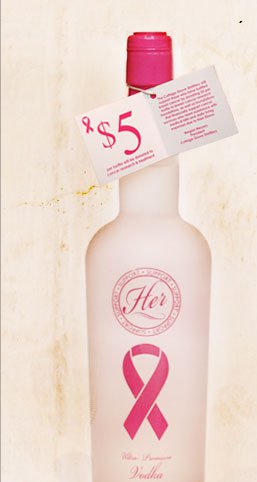 Studies have shown a strong correlation between women’s drinking habits and their risks of breast cancer. And yet, liquor companies are jumping on the pink ribbon bandwagon, producing pink liquors for breast cancer awareness . Many bars and restaurants also host “Pink Your Drink” nights that serve pink cocktails to “fight breast cancer.”
Studies have shown a strong correlation between women’s drinking habits and their risks of breast cancer. And yet, liquor companies are jumping on the pink ribbon bandwagon, producing pink liquors for breast cancer awareness . Many bars and restaurants also host “Pink Your Drink” nights that serve pink cocktails to “fight breast cancer.”
The website of the company that produces the pink ribboned vodka pictured on the right actually says:
“By purchasing SUPPORT HER VODKA, you can help in the prevention of breast cancer.”
I mean, come on. Give me (and your liver) a break!
6. Cosmetics and Skin Care Products (such as Avon Breast Cancer Crusade)
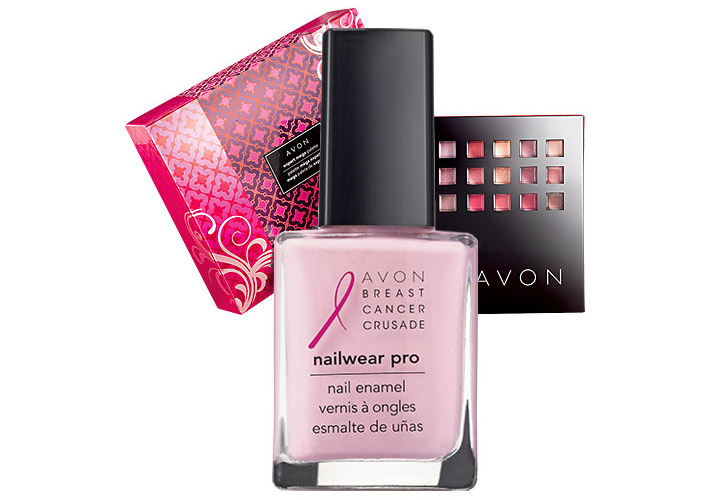 Beauty products are the ideal vehicles for pink ribbon placement, as they are stereotypically feminine and mostly bought by women. Women are the most likely demographic to buy pink products, breast cancer awareness or no. Plus, most nail polishes, blushes and lipsticks already come in a shade close to the “Pepto Bismol” hue most commonly seen on pink ribbon products.
Beauty products are the ideal vehicles for pink ribbon placement, as they are stereotypically feminine and mostly bought by women. Women are the most likely demographic to buy pink products, breast cancer awareness or no. Plus, most nail polishes, blushes and lipsticks already come in a shade close to the “Pepto Bismol” hue most commonly seen on pink ribbon products.
Cosmetics and beauty products are also often the worst offenders in terms of harmful ingredients. Parabens, formaldehyde, sulfates, and countless other unpronounceable chemicals can be found on the labels of even the most benign-seeming products.
Beauty products often contain tons of nasty chemicals, most of which are meant to be applied directly to the skin. Approximately 60% of all substances sprayed, rubbed or applied to the skin are absorbed into the bloodstream. What you put on your skin has nearly the same effect as what you put in your mouth, and you certainly wouldn’t think of drinking a bottle of shampoo, right?
Always read the labels on any product, pink or not. If there are ingredients that you can’t pronounce, it’s a good bet that they’re not good for you. EWG’s Skin Deep Database is a wonderful site that lets you look up the ingredients of cosmetics, lotions, soaps and pretty much any other kind of skin care product to see if they pose any kind of health risk. (Note: the site appears to be down for maintenance at the moment, but the new and improved version should be up soon)
A few ingredients to steer clear of include:
- Parabens - Parabens are hormone disruptors and linked to breast cancer and reproductive toxicity, among other health issues. The most common parabens to look out for are ethylparaben, butylparaben, methylparaben and propylparaben
- Sulfates - Sodium Lauryl Sulfate (which is sometimes labeled under different names) is used as a foaming agents in shampoos and soaps, and is known as a toxin and irritant.
- Antiperspirants - Antiperspirants interfere with the body’s attempt to eliminate toxins from the lymphatic system through sweating.
- Formaldehyde - Found in nail polish and nail polish remover, as well as hair straightening treatments like the Brazilian Blowout. Formaldehyde is quite toxic and can be carcinogenic.
When it comes to cosmetics and skin care products, a good rule of thumb is “don’t put anything on your skin that you wouldn’t put in your mouth.” Even products touted as “70% organic” or “made with organic ingredients” can have troublesome and undesirable ingredients.
If “Shopping for the Cure” isn’t going anywhere, then let’s change the conversation.
Let’s spend what remains of Breast Cancer Awareness Month (and beyond) educating ourselves and others about avoiding environmental toxins and making healthy consumer choices. Teach ourselves to be smart consumers, and how to avoid carcinogens and toxins that can cause or contribute to cancer. And isn’t prevention preferable to “early detection” anyways?
Mindless consumerism isn’t really doing much for the cause, but teaching people to avoid sources of environmental toxins is vital in the prevention of cancer.
This new kind of “shopping for the cure” might not be as beneficial to retailer’s profits as buying pink ribbon products, but much more beneficial for your own health and well-being.
That’s the kind of awareness we need to be raising.
Have you seen any other "pink" products out there that stink? What do you think about these "awareness" campaigns?
Take the stress out of cooking with 21-days of guided meal plans, shopping lists, and nutrition support. You’ll find all of this, and more, in our signature Clean Eating Program.
